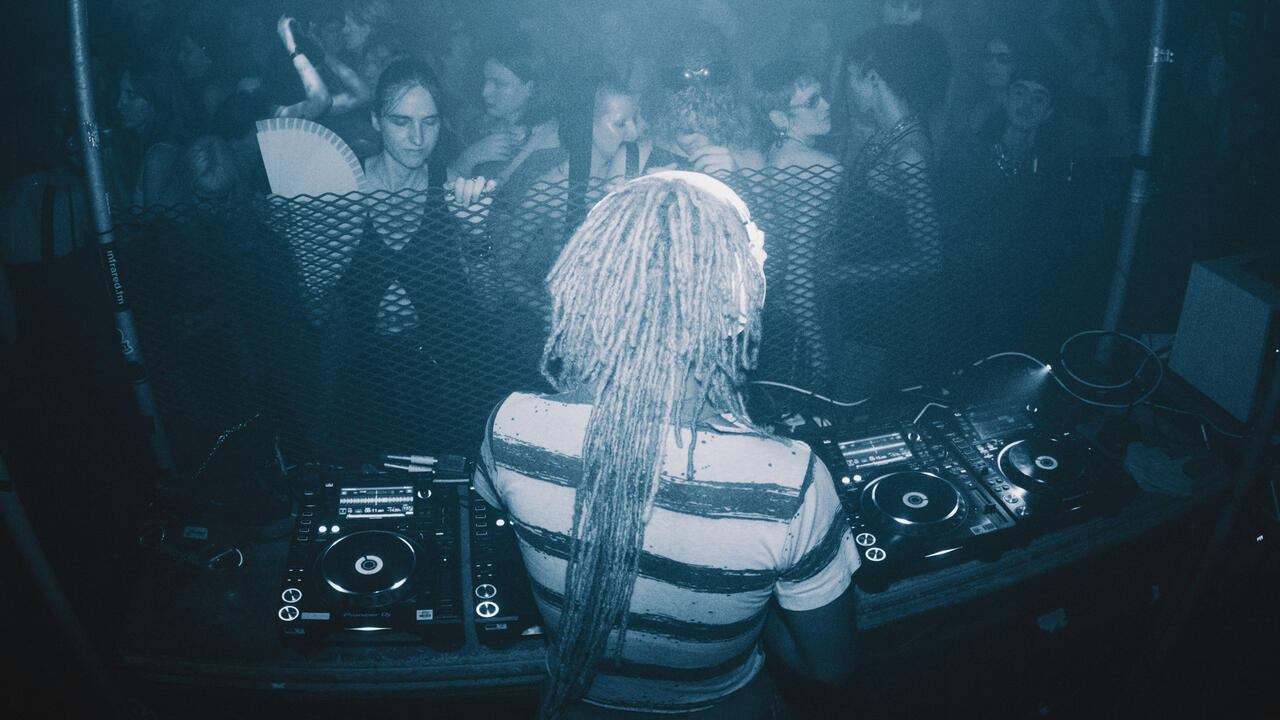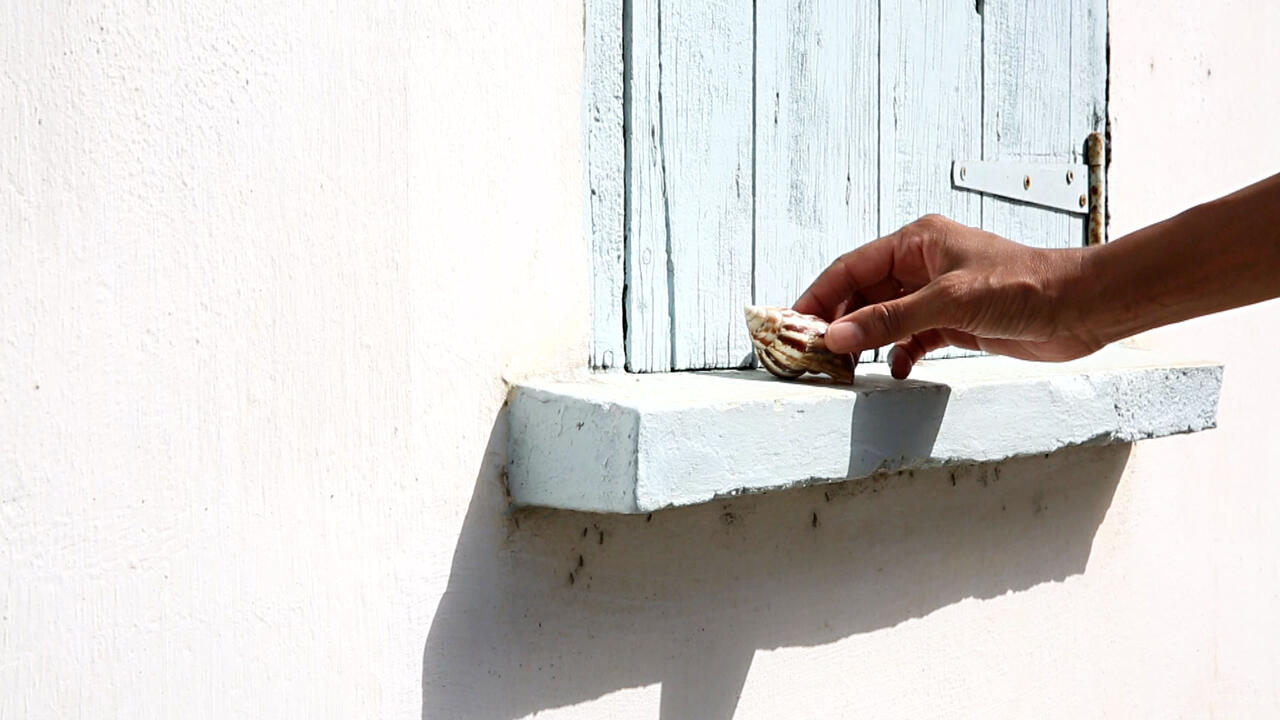Music
In pursuit of Erik Satie
In pursuit of Erik Satie

Who was Erik Satie? None of the composer’s friends seem to have known. Spend a few charmed nights in pursuit of his ghost through the pages of Robert Orledge’s book, Satie Remembered (1995), and you find the whole carnival world of bohemian Paris, from its decadent fin-de-siècle to the jazz age: a spooky chorus, fascinated, vexed and enchanted by this strange, rakish figure. Ballerinas, decaying romantics and various other kinds of illustrious company recall their encounters with the inscrutable man who moved as if in possession of some secret source of mirth; a creature who vanished after midnight in a fog of absinthe, spilled ink and tobacco smoke only to reappear in Montmartre the next morning, bright-eyed. (He always walked back by moonlight to the ‘cupboard’ he called home in the suburb of Arcueil. Nobody, not even his beloved brother Conrad, was permitted entrance to this little room until after his death.) The poet Blaise Cendrars discovered him sleeping in the shadow of an obelisk one night ‘during one of the last and violent bombardments of 1918’. He awoke and declared he had dreamed of meeting Cleopatra. Man Ray said Satie looked like an undertaker. Even André Breton, the ringmaster of surrealism, confessed himself bewildered: ‘A curtain of thorns – his barbed tongue and his studied mannerisms – hid him from me’. Perhaps there’s no word to describe someone so slippery, so purposefully odd as Satie, who would dare to transform himself into a fictional character while still inhabiting the fragile real world.
‘Performance artist’ is, perhaps, the only description for the self outside Satie’s work that others encountered: a bewitching, weirdly illusory presence which was at once so normal and so much a dandyish masquerade that it unnerved everyone. Where exactly did the joke begin or end? Any company became an audience encircling him. Satie had sculptural control over his faun-like, eccentric persona – he was impenetrable, but playfully so. Yet, if his psyche remains hidden, the surface of his life is still a splendid repository of odd details and modernist daydreams. He longed to turn Alice’s Adventures in Wonderland (1865) into a ballet but the project withered, its libretto abandoned. (A private howl: why is fate so dumb that it let this fall apart? Imagine the gentle, eerie music he might have conjured for such a dance.) Like Alice’s creator, Lewis Carroll, Satie liked paradoxes, puns and spirals of tricky mischief. A wily caveat from one of his little essays: ‘Although our information is false, we do not vouch for it.’ He sometimes played riotous versions of Jelly Roll Morton’s blues on the piano. A friend recalled a Christmas party concluding with him performing a ‘brilliant caricature of the modern dances’. His erotic life was mysterious but appears untouched by love. He haunted the bars in Montmartre and slowly drank himself to death as if it were his real occupation, succumbing to cirrhosis of the liver in 1925 at 59 years old.
Richard Skinner’s novel The Mirror was published in February this year and half of it imagines Satie, dead and on the brink of heaven, taskedwith selecting a solitary memory to take with him before celestial forgetfulness steals everything else. (The other half tells the tale of an adolescent nun sitting for her portrait in 1511.) Kitschy premise, perhaps, but the allure and seductive difficulty of imagining the workings of Satie’s mind are obvious, matched by the attraction of surrounding him with a milieu so mythic and so brocaded with fantastic detail that many of its clear-headed histories read like accounts of delirium. Writing about Satie is to fight the temptation to sound like a moon-eyed coat-check boy ticking off hot names in the avant-garde nightclub of your imagination: ‘Breton! Cocteau! Picabia!’ But what about Satie’s musical afterlife beyond the twin lures of fantasy and biography? It’s perfectly possible to know pieces by Satie and yet never learn his name, an accursed fate for a composer but the sort of ghoulish swoop of fate that would have tickled him for weeks. His beguiling, delicate Gymnopédies (1888) – a trio of pieces for solo piano – have become crystalline signifiers of a certain idyllic atmosphere: limpid, almost anaesthetic and oddly untouchable, as if always shimmering out of a faraway room. Their spell is cast with perfect languor, so exquisite that it’s tamed Satie’s ghost. Like a champagne and Valium cocktail dissolved into the air, the music is meant to carry you off to a cloudscape, dreamily lit as a late summer afternoon. They sleepwalk on the soundtracks of many bad films, drifting through beautiful places which are often murderously boring.

The finest works in the sprawling catalogue he left us are fragments, interludes, sly provocations, little pieces carried on their own peculiar breeze. If you acknowledge Satie as the grandfather of ambient music through his call for ‘a music which is like furniture […] a music which will be part of the noises of the environment’, that’s merely the tip of an oeuvre that’s still as alien and intoxicating as its composer. Satie delighted in smallness and so wrote nothing that assumes the commonplace monolithic shape of a masterpiece, perfecting instead a collection of wondrous things that belong in a wholly different taxonomy: fleeting and elegant as riddles. ‘Gymnopédie No. 1’ might glide through you but listen carefully and you detect the strangeness of its contours: the doped progress of the notes, the odd spaces between them and their woozy recirculation that means they twist around a spiral staircase of their own invention.
Always there’s a sublime reticence towards expressing anything obvious; Satie, following the flutter of his thoughts, is lost in his private games. He was a conceptual artist avant la lettre, whose medium was music. A compendium could be assembled of the pieces which he never completed that remain luminous thoughts: the devilish parodies of Richard Wagner, the acidulous kiss-offs to fellow composers or those purposefully ‘tedious’ works he outlined about ‘gas lighting and the training of horses’. He wrote: ‘The Idea can do without Art.’ Nothing final was required. Like his confrere Marcel Duchamp, he was happy to let a piece gather dust somewhere dim in his mind. When he, Duchamp and Picabia collaborated on their ballet, Relâche (1924), they staged a spectacle that might be the chaotic, hysterical birth scene of modern performance art. ‘Most of the critics turned thumbs down’, Calvin Tomkins writes in his mammoth biography Duchamp (1996), ‘they did not like the automobile-size headlights whose beams occasionally blinded the audience, nor were they amused by the firemen who poured water ceaselessly from one bucket to another, nor by the single ballerina (among troops of men) who started dancing as soon as the music stopped and started dancing as soon as it began again.’ The audience cheered like maniacs.
Satie abandoned the traditional instructions of compositional manuscripts – pianissimo and allegro – and replaced them with enticements such as: ‘Play like a bird with a toothache.’ Another piece is to be played ‘while watching oneself approach’, which calls, perhaps, for a touch of nightmarish anxiety. Occasionally he playfully slips in what a piano teacher would call a mistake. ‘Trois Morceaux en Forme de Poire’ (Three Fragments in the Shape of a Pear, 1903) is a goose-pimpling oddity in which notes slip and scuttle over the piano, spiders at play circled by a creepy violin. You can hear it in the heavy-lidded diminuendo of Terrence Malick’s Badlands (1973) when a lonely, psychotic Martin Sheen staggers into the desert to watch the sunset, lizards swaggering, plump and regal, in the distance. The sinister choreography of Satie’s fragments, their steps too elliptical to follow, gives the scene its thrilling air of lunar dissociation.
Satie turned dissonance into a tease, a glittering little disturbance like a crack in a sheet of glass. ‘The piano’, as Thelonious Monk told everyone a few decades later, ‘ain’t got no wrong notes.’ Harmonic debris, lines eerily commingling and uncoupling, the risk of jagged textures slipping into such loveliness, melodies unravelled and wound together again, Satie’s pieces are puzzles, pieced into shapes of peculiar beauty. Luckily there is no brilliant solution for them. The composer and his works remain surrounded by their own jesting, mysterious silence.





















